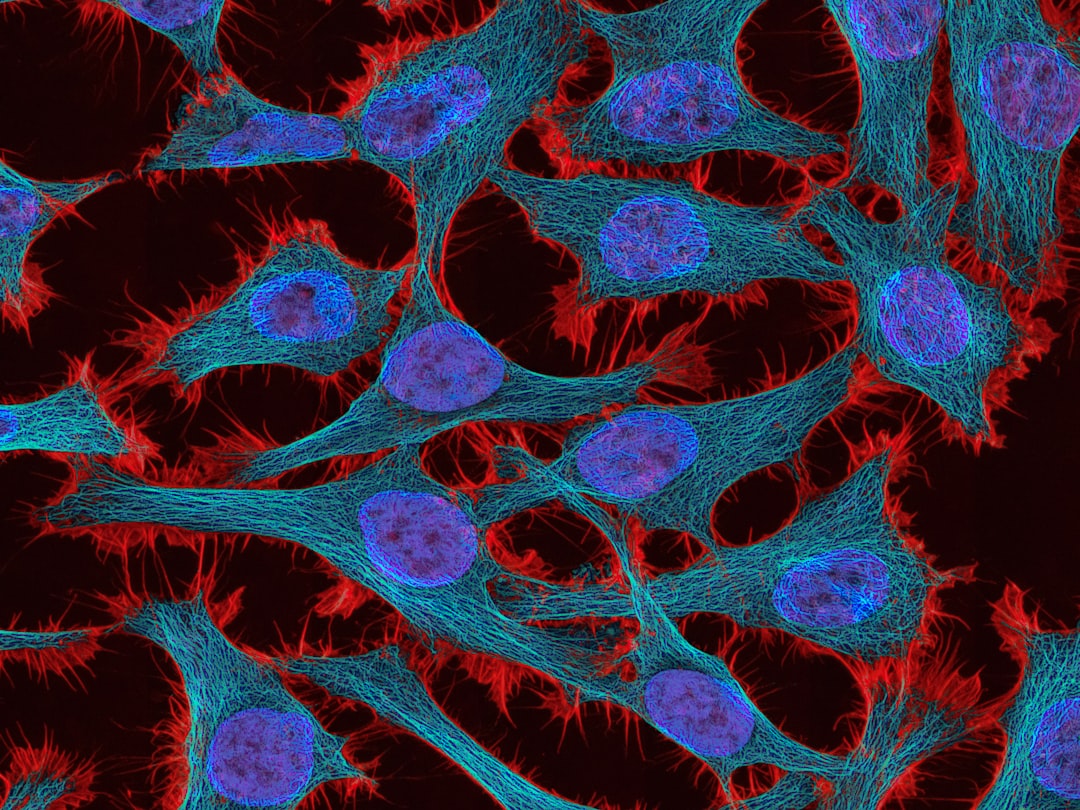What is it about?
Resorcinarenes are host molecules that have been shown to dimerize in a head-to-head fashion or form much larger hexameric assemblies. However, they are not typically soluble in water. Here we describe how a water-soluble resorcinarene, with positively charged pendent groups, assembles in water to form head-to-tail chains of molecules. These small supramolecular polymers form because they offer greater stabilization than any latent head-to-head assembly of resorcinarenes to form dimeric (or hexameric) containers. Instead, the resorcinarene bowl – particularly if negatively charged – is a good host for the complimentary positive charge of the pendent groups of a second resorcinarene. Alternatively, the resorcinarene may also form complexes with anions and cations of any added salt. Thus this host is shown to possess a rich repertoire of properties that is dependent on the nature of the solution (i.e. the salts, pH, and concentration of the host).
Featured Image

Photo by Mike Alonzo on Unsplash
Why is it important?
Controlling the self-assembly of molecules in water is difficult because the small size, polarity, and hydrogen bond donating and accepting properties of water attenuate most non-covalent interactions. These findings provide new information about controlling the self-assembly of resorcinarenes in water.
Read the Original
This page is a summary of: Binding properties and supramolecular polymerization of a water-soluble resorcin[4]arene, Organic Chemistry Frontiers, January 2019, Royal Society of Chemistry,
DOI: 10.1039/c9qo00182d.
You can read the full text:
Contributors
The following have contributed to this page










